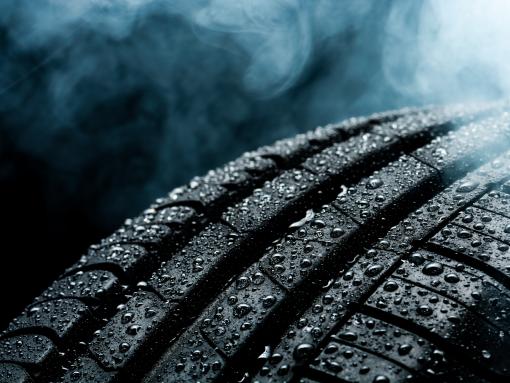Presentation
SETAC EU Vienna 2025
Wednesday 14th May 2025 – 3.05.P-We216
Degradation assessment of chemicals plays a key role to protect human health and ecosystems in EU regulations (REACH regulation EC n°1907/2006 and CLP regulation EC n°1272/2008). Biodegradation is an important endpoint to fulfil the following regulatory needs: assessment of Persistent, Bioaccumulative, Toxic (PBT)/very Persistent and very Bioaccumulative (vPvB) and Persistent properties, to determine hazard classes for long-term adverse effects, PBT/vPvB and Persistent, Mobile, Toxic (PMT)/very Persistent and very Mobile (vPvM) in environmental classification and to determine the Predicted Environment Concentration (PEC) of chemicals in environmental exposure assessment.
The recent implementation of PBT/vPvB and PMT/vPvM hazard classes in CLP regulation reinforces biodegradation as a key element in classification of substances for environmental hazards. ECHA developed a stepwise approach to assess biodegradation of chemicals for REACH requirements and for PBT assessment. Based on current biodegradation tests, a substance can be considered as readily biodegradable (with or without the 10-day window), inherently biodegradable (fulfilling or not specific criteria) or not biodegradable in a REACH registration dossier.
The aim of this work is to show how different results of biodegradation tests can have an impact on testing strategies for REACH requirements and for CLP regulation depending on the registration tonnage band.
Based on comparison of stepwise approach developed by ECHA to assess biodegradation/persistence and recent ECHA reviews of REACH dossiers, flowcharts have been created to identify the requirement(s) depending on the result(s) of biodegradation tests.
Readily biodegradable or inherently biodegradable or biodegradable substances (DT50 ≤ 40d for surface water or DT50 ≤120d for sediment or soil) are not considered persistent according to PBT/vPvB assessment. However, further tests on the degradation of the substance can be required to meet the requirements of the REACH regulation for high volumes (>100 t/y) and refine the Soil Hazard Category of a substance.
Overall, the results indicate that different interpretations of persistence can be made for the same substance depending on the EU regulation. Interpretation of biodegradation results for persistence assessment among ECHA guidance's should be harmonised in the context of the future one substance-one assessment approach in Europe.
Presenter: Emilie Vizade
Emilie is a Principal Consultant and Team Leader of the Environmental Safety Team. She has over 15 years’ experience in Ecotoxicology with more than 10 years’ experience as a REACH Regulatory Ecotoxicologist. After working on Academic Research, Emilie moved to regulatory by working for French government agency (ANSES) where she has been involved on coordination of projects for various REACH regulatory process with ECHA. Then, she moved to consultancy to bring her technical and regulatory knowledge to assist industrial clients in achieving regulatory compliance for their substances.
Emilie's work focuses on environmental classification, PBT/PMT assessment, data-gap analysis, integrated and alternative testing strategies, environmental exposure, and hazard and risk assessment.
If you have any queries relating to ecotoxicology, CLP or any matters relating to REACH regulation, call or email and we'll arrange for you to speak directly with one of our chemical regulation consultants.




